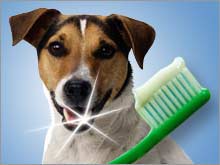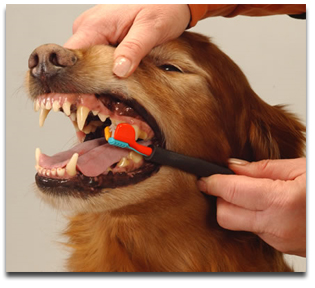
Want to keep your dog healthy, happy and handsome? It’s fun to take your pooch to a doggy salon for a shampoo and a shave from time to time, but it’s also important to groom your pet at home on a regular basis.
Routine grooming doesn’t require much more than a good brush, a quality shampoo, doggy toothpaste, a pair of nail clippers, some ear cleaner and cotton balls — all available at veterinarians’ offices or pet supply stores. And, always, a lot of patience and a gentle touch.
Three Asheville-area grooming experts offered some tips on keeping your canine companion clean and comfortable.
Here are suggestions from Marthe Worley, owner of Canine Shear Heaven at 422 McDowell St., — an institution in Asheville for nearly 30 years; Roni Davis, owner of The Soapy Dog at 270 Depot St.; and Michelle Hirsch, owner of Hair of the Dog Pet Salon at 1210 Hendersonville Road.
Bathing
Use a shampoo specially formulated for dogs, and rinse, rinse and rinse,’’ Worley said. “And if your dog has longish hair, brush it both before and after the bath. A dog’s hair is like a wool sweater; it will tighten up when wet and any tangles will only get worse.”
Keep the ears dry inside to prevent infection, Davis said. And be careful while using a hair dryer so you don’t burn the dog’s skin.
Hirsch begins a bath by brushing with a slicker brush to stimulate oil glands and loosen dirt and loose hair. She uses stretchy bath gloves to distribute the shampoo evenly and get the dog cleaner.
Brushing
It’s important to choose the right brush to match the dog’s coat, Davis said. She recommends shedding blades for short-hairs; a soft bristled slicker brush for longer, silkier coats that tangle easily; and a firm bristled slicker brush and an undercoat rake for a dense undercoat.
Nails
Davis recommends clipping as often as once a month. Get help from a vet or groomer if you’re nervous about doing it yourself.
Also check the pads on the underside of their feet, Hirsch said. Look for gum or tar (Goo Gone works well for removal), sores or an abundance of hair that could cause the dog to slip and slide.
Teeth
“Tooth brushing is important,’’ Worley said. “I like the kind that come pre-loaded with toothpaste, and are disposable.”
Davis added, “Human toothpaste will make them sick.”
Ears
Keep a canine ear cleaner on hand, and check the insides of the ears weekly, Davis said. When needed, use a clean cotton ball for each ear, and be gentle.
Anal glands
“It’s not a fun topic, but it’s important,” Davis said.
Dogs have internal glands on either side of their anus that are expressed to mark their territory or in self-defense.
Some dogs are unable to express their glands (a sign is scooting their rear ends across a floor), and a pet care professional should be consulted.
Diet
“One of the best things you can do for your dog is feed him a high-quality dog food,” Worley said. “That does more for the skin and coat than any amount of brushing or grooming.”
By Barbara Blake
BBLAKE@CITIZEN-TIMES.COM








